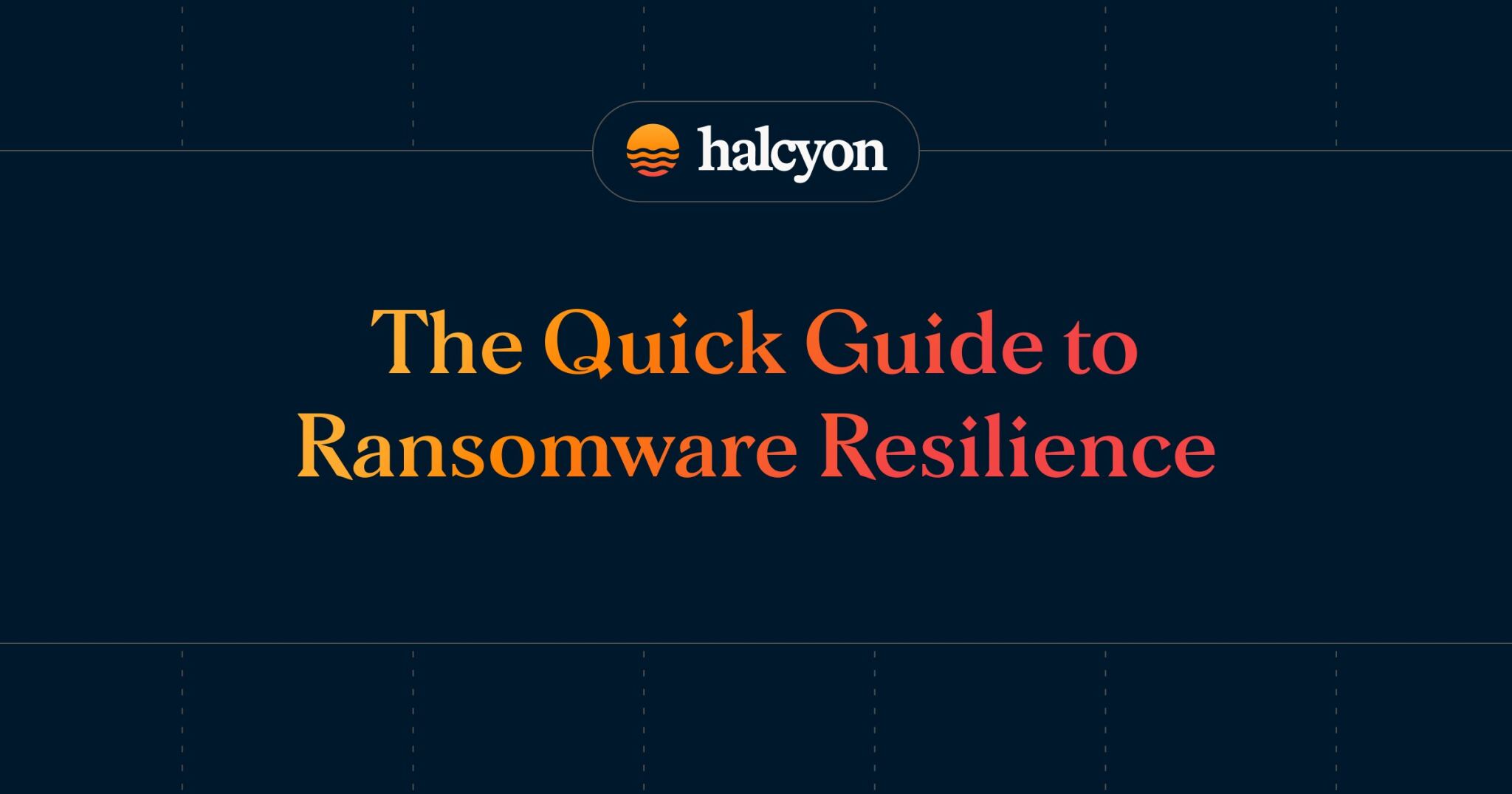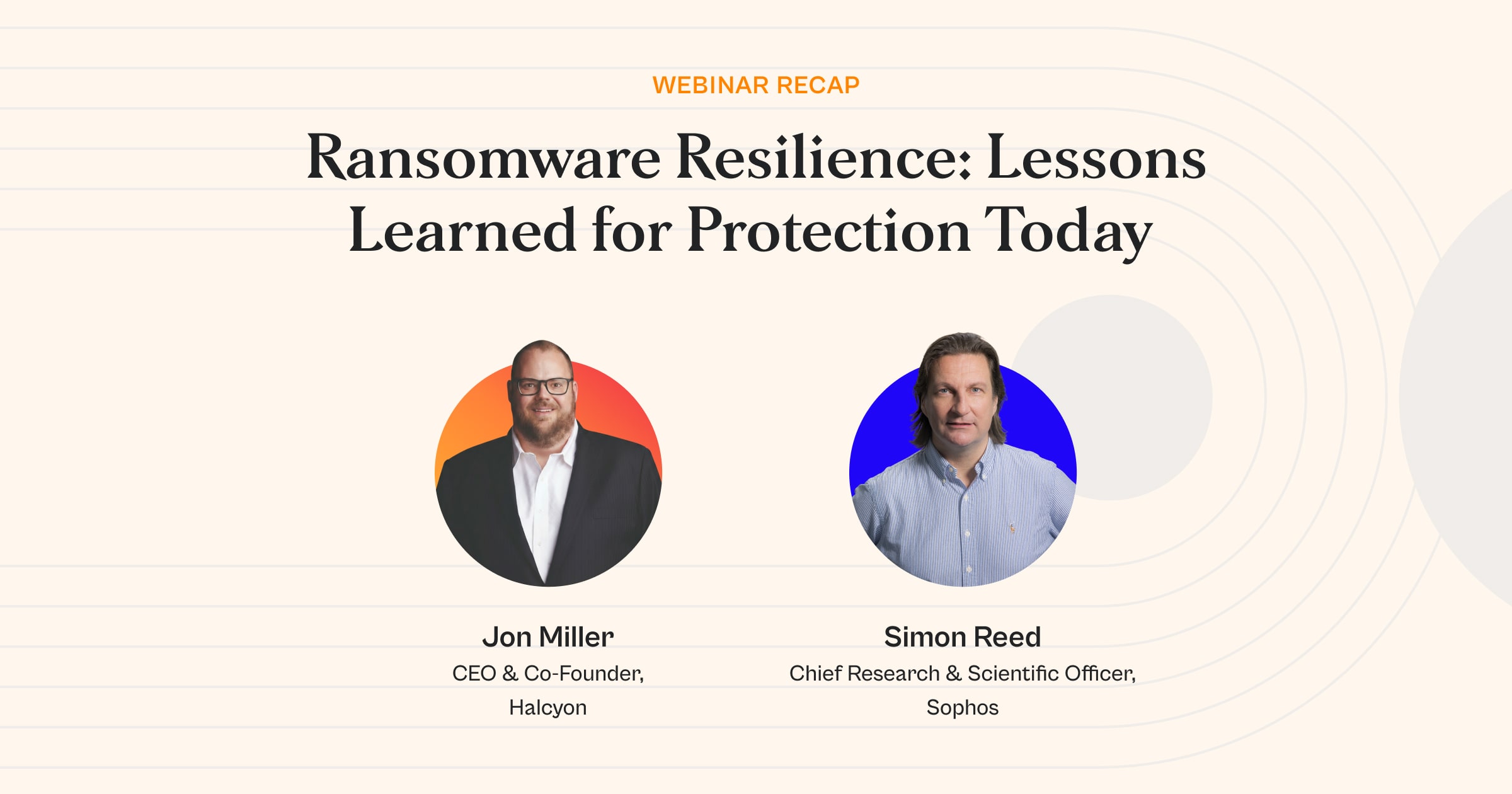The Resilient Enterprise: Navigating the Evolving Threat Landscape


In the fast-paced digital landscape, organizations are perpetually grappling with new and evolving cyber threats that can disrupt operations and compromise sensitive data. As data-driven decision-making continues to gain prominence, CIOs and CISOs must urgently develop and implement comprehensive data and cyber resiliency strategies.
This in-depth article delves into the ever-changing threat landscape, emerging trends, and provides valuable insights into constructing a robust framework and crafting a strategic plan to secure and fortify your organization.
Decoding the Enigmatic Threat Landscape
Navigating the complex and often daunting threat landscape requires CIOs and CISOs to have a clear understanding of the various types of cyber threats they may encounter. Let's unravel some common cyber threats that loom large:
Ransomware: Ransomware attacks have surged in recent years, crippling organizations of all sizes. These insidious attacks encrypt an organization's data, holding it hostage until a ransom is paid—often resulting in considerable downtime and financial losses.
Phishing: Phishing attacks remain a significant threat, with cybercriminals deploying increasingly inventive techniques to hoodwink employees into disclosing sensitive information or inadvertently installing malware on their devices.
Supply Chain Attacks: These stealthy attacks occur when threat actors infiltrate third-party software or hardware to gain access to their target organizations. Recent high-profile incidents underscore the importance of thoroughly scrutinizing suppliers and implementing robust security measures across the entire supply chain ecosystem.
Unearthing Emerging Threats and Trends
As cyber threats continue to evolve, CIOs and CISOs must remain vigilant and adapt to new trends. Let's explore some of the emerging threats and trends that demand our attention:
Cloud Security: The meteoric rise of cloud services has given rise to new security challenges. Although cloud providers have made tremendous strides in enhancing security, organizations must remain proactive in properly configuring and managing their cloud environments to mitigate the risk of breaches and data loss.
AI-Powered Attacks: Cybercriminals are increasingly harnessing the power of artificial intelligence (AI) and machine learning (ML) to craft more sophisticated attacks. These cutting-edge technologies can automate malware creation, facilitate social engineering attacks, and outwit detection mechanisms employed by security tools.
5G Security: The dawn of 5G networks presents novel opportunities for threat actors to exploit vulnerabilities in network infrastructure, potentially resulting in data breaches and service disruptions. Organizations must remain mindful of 5G security implications and deploy robust defenses to safeguard their networks and data.
Crafting a Comprehensive Resiliency Framework
A well-orchestrated data and cyber resiliency framework should encompass the following crucial elements:
Risk Assessment: Identify and prioritize potential threats, vulnerabilities, and risks to your organization's data and IT infrastructure.
Data Protection: Implement data encryption, access controls, and regular backups to shield sensitive information.
Incident Response Planning: Establish clear guidelines and protocols for responding to cyber incidents and minimizing their impact.
Business Continuity Planning: Ensure your organization can maintain essential functions and rapidly recover from adverse events.
Workforce Training and Awareness: Educate employees on the significance of data and cyber resiliency, as well as their crucial role in preventing and responding to cyber threats.
The Human Factor: Cybersecurity Awareness Training
In many cases, employees represent the weakest link in an organization's cybersecurity posture. Investing in comprehensive cybersecurity awareness and training programs can help mitigate the risk of successful attacks by empowering employees with the knowledge and skills to identify and respond to potential threats.
Consider implementing ongoing training, simulated phishing exercises, and regular communications to keep cybersecurity best practices at the forefront of employees' minds.
Gauging and Enhancing Resiliency
To measure the effectiveness of their data and cyber resiliency strategies, CIOs and CISOs should establish key performance indicators (KPIs) that capture the organization's ability to withstand and bounce back from incidents.
These KPIs could include the time to detect and respond to threats, the cost of downtime, and the recovery point objective (RPO) and recovery time objective (RTO) for critical systems.
By regularly monitoring and evaluating these metrics, organizations can pinpoint areas for improvement and continuously refine their resiliency strategies to stay ahead of ever-evolving threats.
Building an Adaptive Security Architecture
Advanced Threat Intelligence: By leveraging real-time threat intelligence feeds from multiple sources, organizations can stay up-to-date on the latest vulnerabilities, attack patterns, and threat actors. This enables security teams to proactively identify and address potential threats before they can be exploited, significantly reducing the organization's risk exposure.
Predictive Analytics: Utilizing advanced analytics and machine learning algorithms, organizations can analyze vast amounts of data to detect patterns and trends indicative of potential cyberattacks. This allows security teams to predict the likelihood of future attacks and take proactive measures to mitigate them. For instance, they can identify potential targets, assess the effectiveness of existing security controls, and prioritize resources to address the most pressing threats.
Automated Response Capabilities: Automation is a critical component of an adaptive security architecture, as it enables organizations to respond to threats more quickly and efficiently. By automating routine tasks and decision-making processes, security teams can focus on more complex issues and strategic initiatives. Automated response capabilities can include incident response orchestration, automated patch management, and security policy enforcement.
Continuous Monitoring and Improvement: An adaptive security architecture requires constant monitoring and analysis of security events and incidents to identify areas for improvement. Security teams should regularly evaluate the effectiveness of their security controls, policies, and procedures, and make adjustments as needed to address emerging threats and changing business requirements.
Takeaway
Implementing an adaptive security architecture enables organizations to stay ahead of the rapidly evolving threat landscape and maintain a strong security posture. By integrating advanced threat intelligence, predictive analytics, and automated response capabilities, organizations can proactively identify and address potential threats, reduce their risk exposure, and ensure the ongoing resilience of their data and IT infrastructure.
To effectively combat the constantly changing threat landscape, organizations should consider adopting an adaptive security architecture. This approach involves integrating security solutions and processes that can dynamically respond to emerging threats and evolving tactics used by adversaries.
Key components of an adaptive security architecture include advanced threat intelligence, predictive analytics, and automated response capabilities.
In an era where digital transformation has become the norm, the importance of data and cyber resiliency cannot be overstated. CIOs and CISOs must remain vigilant in understanding and addressing the ever-changing threat landscape while proactively building and implementing robust strategies to safeguard their organizations.
By fostering a culture of resiliency, staying informed about emerging threats, and continually refining their strategies, CIOs and CISOs can ensure that their organizations remain secure, agile, and capable of navigating the challenges that lie ahead.
With a strong foundation in place, enterprises can confidently embrace innovation and growth while mitigating the risks associated with an increasingly interconnected digital world.
Halcyon.ai is the industry’s first dedicated, adaptive security platform that combines multiple advanced proprietary prevention engines along with AI models focused specifically on stopping ransomware – talk to a Halcyon expert today to find out more. And check out the Recent Ransomware Attacks resource site to get near real-time tracking of ransomware attacks, threat actor groups and their victims.
Related Posts
See Halcyon in action
Interested in getting a demo?
Fill out the form to meet with a Halcyon Anti-Ransomware Expert!





